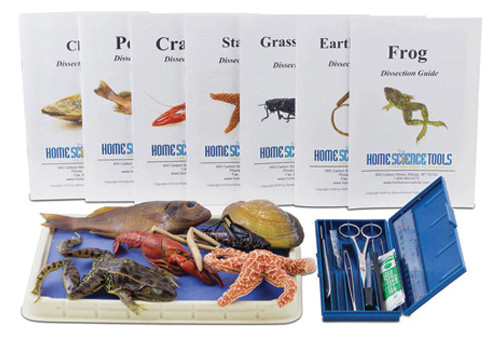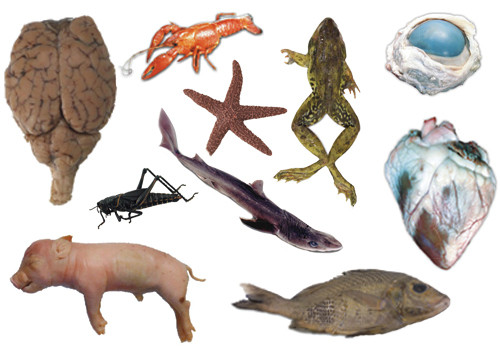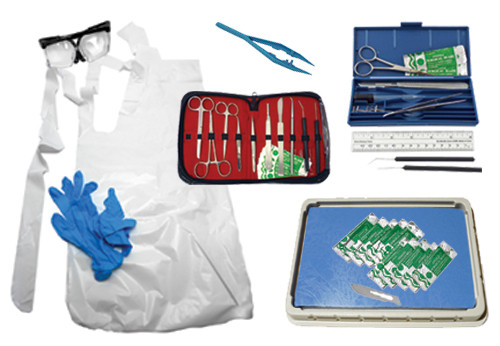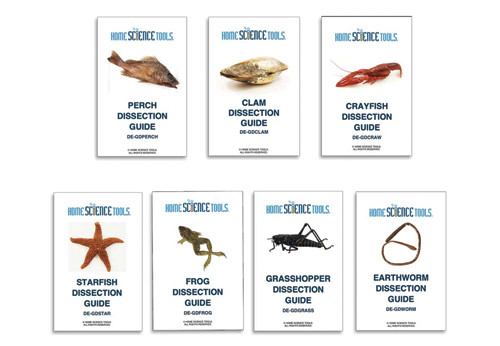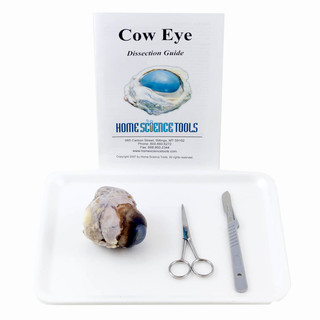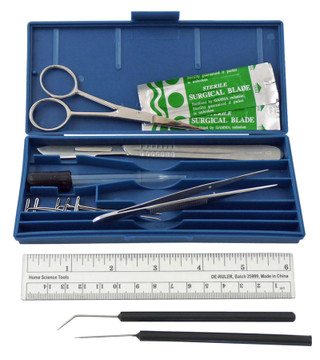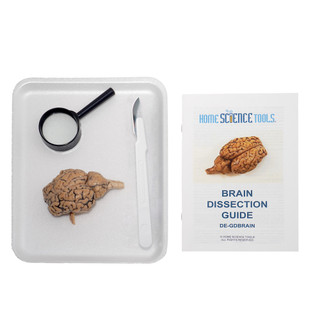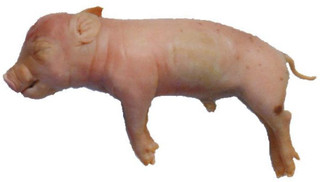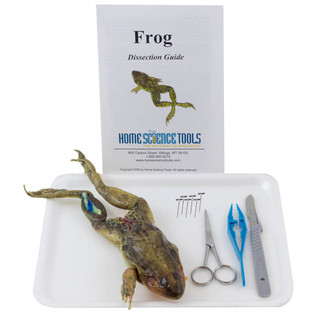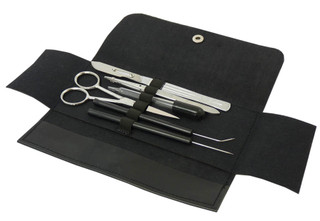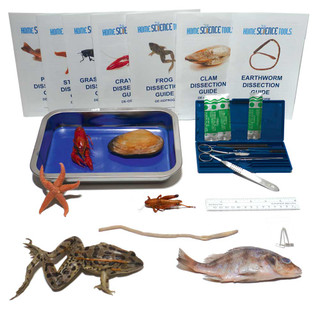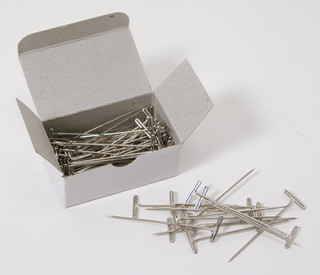The Importance of Animal Dissection in Education
Unlocking the Complexity: Why Animal Dissections Matter
Discover why animal dissections are vital for comprehensive learning. Explore internal anatomy through hands-on experiences that foster deep understanding and respect for the natural world. Learn how animal dissections benefit students in Anatomy, Physiology, and Zoology.
Benefits of Animal Dissections: Improving Comprehension and Making a Memorable Experience
A Deeper Grasp of Science: The Power of Hands-On Learning
Immerse yourself in the world of animal dissections and boost comprehension. Scientific studies reveal how hands-on experiences activate the brain, leading to improved understanding and longer-lasting memory retention. Uncover the secrets of human anatomy through dissecting animals like cows' eyes.
Making Animal Dissections Accessible
Simplified Integration: Effortless Lesson Planning with Dissections
Overcome misconceptions about the complexity of animal dissections. Discover how easily they can be integrated into lessons, aligning with various curricula and age groups. Step-by-step photographic guides provide the support you need for a successful experience.
Instilling Respect: Nurturing Appreciation for Life's Complexity
Life's Intricacies Unveiled: Fostering Respect through Dissections
Witness the transformational impact of animal dissections on students' respect for life and the natural world. Delve into the remarkable intricacies of animal functions, behaviors, and more, and gain a profound appreciation for the marvels of existence.
Revolutionizing Dissections: Modernizing the Experience
An Odorless Evolution: Improving the Dissection Experience
Bid farewell to overwhelming smells in dissection labs. Learn how modern preservation methods eliminate unpleasant odors, providing a more pleasant and inviting environment for biological studies. Discover our commitment to humane practices and ethical sourcing.
Small vs. Large Specimens: Tailoring Dissections to Experience
Choosing Wisely: Selecting the Perfect Specimens
Navigate the world of small and large animal specimens for tailored dissection experiences. Explore the simplicity of small animals for beginners and the complexity of large animals for advanced learners. Uncover the anatomical wonders of creatures like earthworms, frogs, and cows' eyes.
All-in-One Kits: Your Path to Successful Dissections
Empowering Educators: Unveiling Dissection Kits
Experience the convenience of comprehensive dissection kits, designed for both homeschooling and traditional classrooms. Unbox preserved specimens, detailed guides, and essential tools, including gloves, aprons, and trays. Unveil the beauty of anatomy with confidence and ease.
The Tools of the Trade: Mastering Dissection Techniques
Precision in Practice: Navigating Dissection Tools
Discover the essential tools within our kits, from forceps and scalpels to rulers and needles. Learn how to ensure tool sterility for safe and effective dissections. Equip yourself with the knowledge to confidently explore the intricacies of animal anatomy.
Embrace the world of animal dissections and embark on a transformative journey of scientific discovery. Whether you're an educator or a curious learner, our comprehensive kits and insightful guides await your exploration. Open the door to a new realm of understanding and appreciation for life's complexities.
